Article's Content
Looking for B2B blog post ideas that aren’t boring?
You’ve definitely come to the right place.
In this post, I’m going to share with you eight different B2B blog post ideas that have been tried, tested and proven by hundreds of brands. These ideas have been shown to generate links from the press, rank in Google and get hundreds of shares on social media.
The best part?
The blog post ideas I’m sharing today will work no matter WHEN you’re reading this.
How do I know? Because our team is not only constantly studying trends and best practices in B2B content to better understand how we can serve our clients. But we’re also going to be updating this blog post for the coming years with any new formats that we see are working!
So let’s get to it!
Keyword-Driven Blog Posts
Showing up on the first page of Google is a great way for B2B brands to reach their target audience. Pretty much all search queries and information requests start with Google. According to search data from Jumpstreet and analysis from Rand Fishkin, Google properties have owned over 90 percent of all searches in 2018, up about 1.5 percent from 2015:


All that to say, when your target audience sets out to find information, they most likely start with Google. So creating content that’s optimized to rank for the keywords and phrases they’re searching for may help put you on their radar.
For example, Trello is a popular project and task management software, especially for organizations practicing scrum management. So Trello released a blog post titled The Beginner’s Guide To Scrum And Agile Project Management:
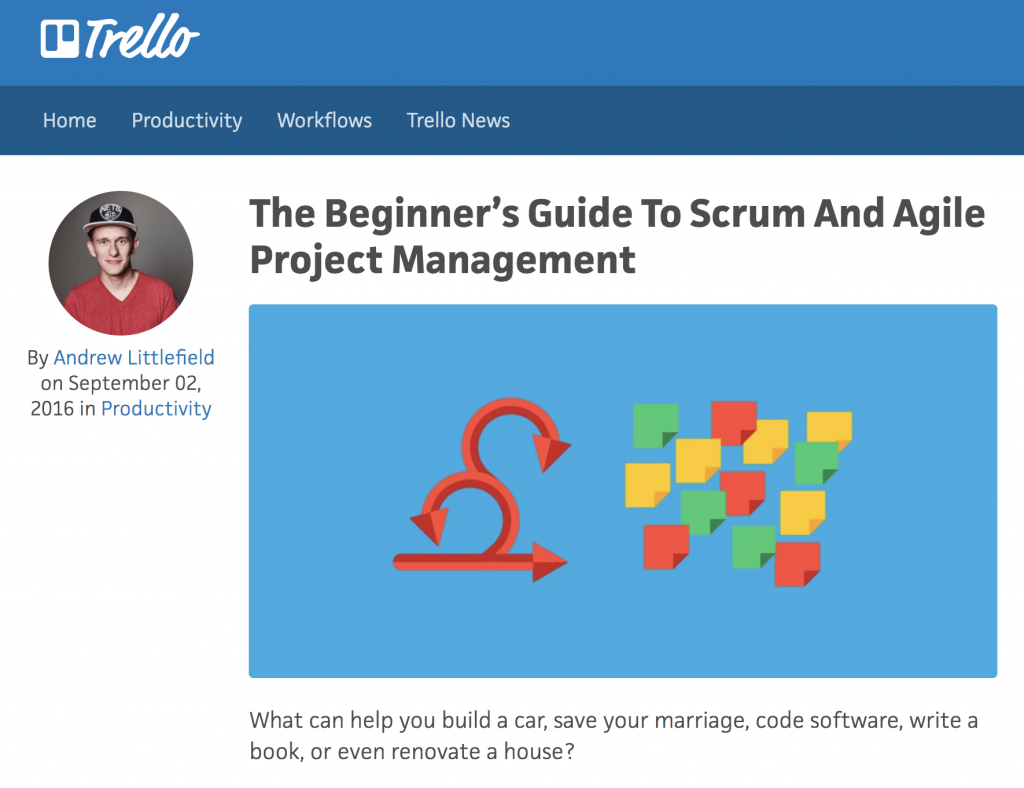

Now, if someone searches for content about scrum, Trello conveniently shows up in the search results, and high—this blog post currently ranks #1 for a wide range of keywords, and appears on the first page of Google for hundreds of others. Here’s a snapshot:
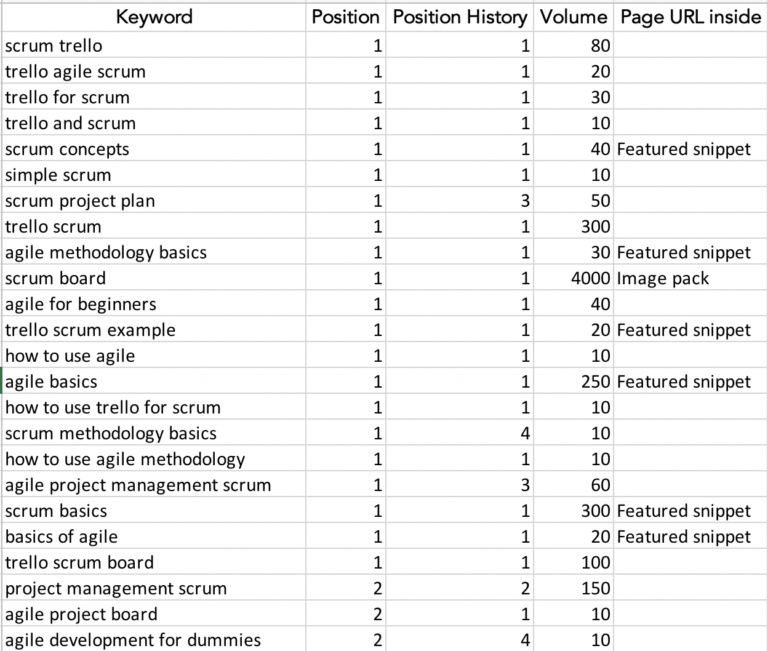

Case Study-Oriented Blog Post
Have you helped a client or customer achieve their goals?
Few things are more convincing to a B2B decision-maker than a powerful case study. If you can show potential clients that your product or service has a proven track record, they will be more likely to take a call with you, get a demo or sign a deal.
The best case study-style blog posts are formatted in a way that takes the reader on an educational journey rather than simply sharing the results of a project. Take for example this CopyHackers blog post from Chanti Zak titled Beyond BuzzFeed: How I used quizzes to generate 10,000+ qualified leads:


Right away, that title draws you in to learn how Chanti generated so many qualified leads. Then throughout the post, she consistently offers quality insights.
For example, she breaks down the effectiveness of interactive content marketing at every stage of the buyer’s journey:
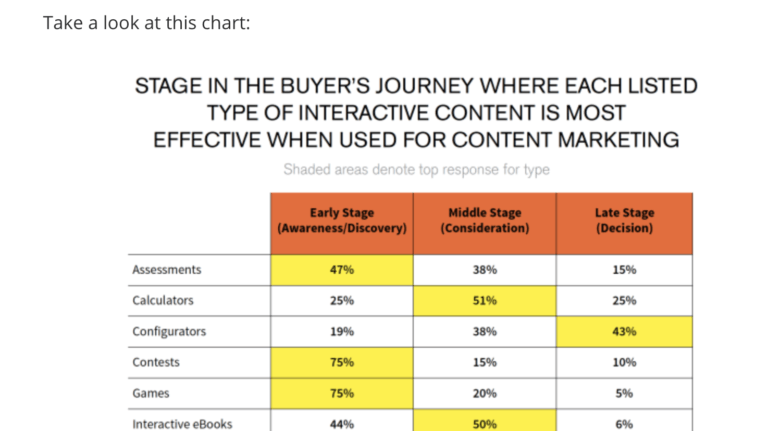

She offers examples of effective quizzes by other brands:


And she provides potential questions to help her audience create their own quizzes:
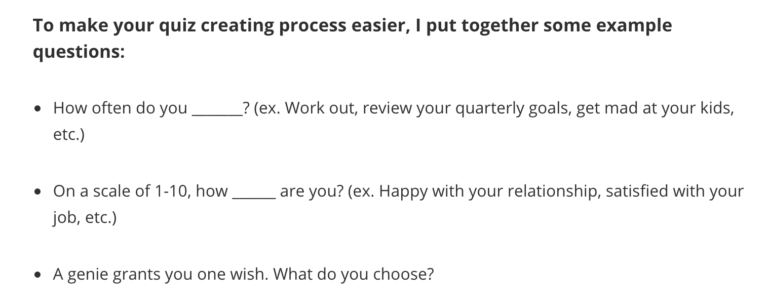

What Chanti does perfectly here is create value for her audience. References to her work are blended with practical elements like insights, recommendations and templates, making this case study the perfect, well, case study for establishing authority while creating something worth sharing.
In B2B, the idea of simply adding value without pitching your product is quite rare. So Chanti’s approach establishes a lot of goodwill—as a reader, you appreciate that she added value to your day. And if you’re interested in generating leads with a quiz, you’ll either follow the steps that Chanti listed in her post, or you’ll reach out to her for help.
To write your own case study-style blog posts, think about how you’ve helped past clients. Once you’ve identified a success story, here are three remixable title ideas:
- How We Helped [Brand ABC] Achieve [Unbelievable Results] In Less Than [XX] Weeks
- How [Brand ABC] Was Able To [Unbelievable Results] And [More Unbelievable Results]
- [Number] Insights We Learned Helping [Brand ABC] Achieve [Unbelievable Results]
Research-Backed Blog Post
B2B professionals like high-quality data.
B2B professionals love data-driven insights.
If you can take data and turn it into insights that can help B2B professionals achieve more success, that’s the kind of piece that gets bookmarked and even circulated companywide.
Data-driven blog posts have been a staple for B2B brands over the years and their effectiveness shows no signs of slowing down. I see research-based content generating more backlinks than other types, and it’s more likely to be referenced during presentations at conferences or shared aggressively by professionals in the industry.
For example, the folks at MindSea put together a post titled What 300 Of The Top iPhone Apps Can Teach Us About App Icon Design. They analyzed hundreds of app icons and shared interesting insights like this one:
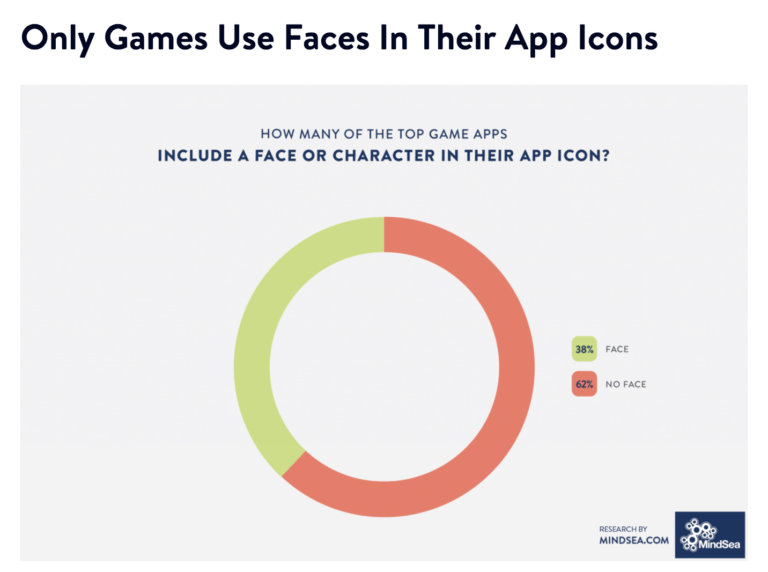

Thanks to their compelling research, the post was picked up by Business Insider for an article about why most food app icons are red.
One of my favorite examples of a B2B brand using data to create great content is BuzzSumo. They regularly publish insights based on their own data and research to help marketing professionals navigate the industry. For example, here’s a data-driven blog post that Alexandra Tachalova wrote about the travel industry:
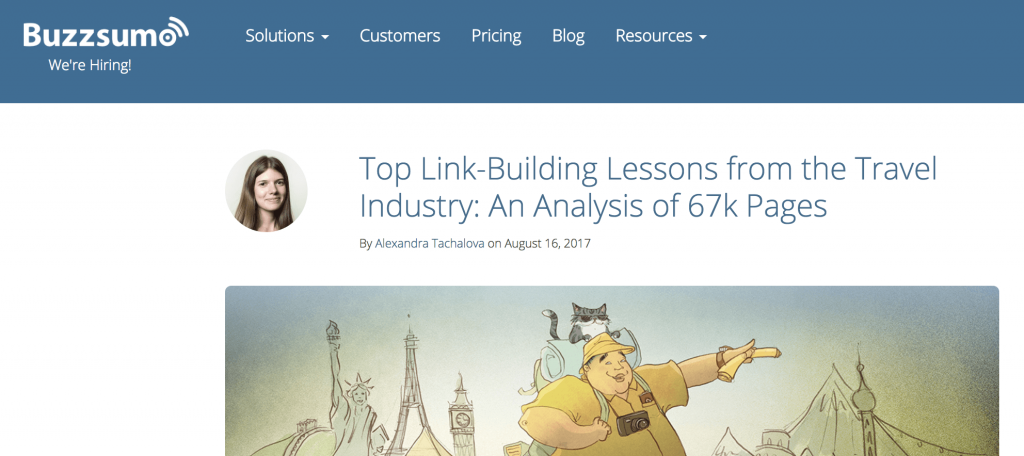

The post is filled with useful information ranging from the importance of travel guides to the role of interactive content—which makes this just the kind of post that a marketer working at a travel company would find valuable. And that’s exactly who BuzzSumo is targeting here.
Thought Leadership Blog Post
When you introduce a concept that changes the way things are done in your industry, you establish yourself as a thought leader. Maybe you’re defining a brand-new approach to doing business, like the folks at Drift did in this blog post about conversational marketing:


Or perhaps you’re teaching your audience about a new tool or technique, as Brian Dean of Backlinko does in this post, where he coins the term Skyscraper Technique and shows SEOs around the world a new way to rank:
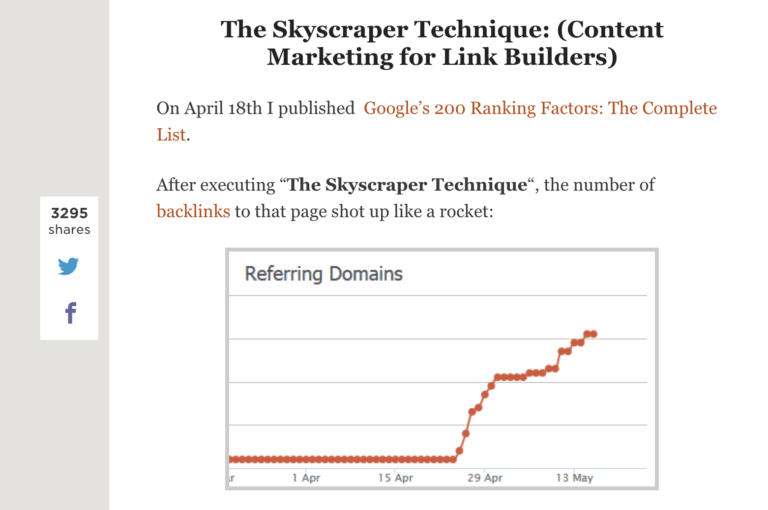

B2B brands that introduce new concepts and strategies can always stand out. At the same time, it’s not easy to take this approach, simply because it’s not easy to come up with new ideas. The key to creating thought leadership content is to experiment with new ideas, embrace new tools and techniques, invest in research and always be willing to share insights that are still a little half-baked.
Exposé-Style Blog Post
An exposé-style blog post pulls back the curtain for the audience, whether it’s to expose a popular myth or to reveal strategies that are underrated by people in your industry. In a nutshell, this type of post is all about revealing the truth.
One of the most memorable examples of this was a blog post by Intercom titled Why Growth Hacking Is Bullshit, which argued that marketers should stop growth hacking and explained why the entire concept needed to die. The post received a response from Sean Ellis, who first coined the term, and stirred up TONS of conversation. It was even reshared in the GrowthHackers community where it generated more than 80 comments and resulted in some of the most heated debates on the site.
Ultimate List Blog Post
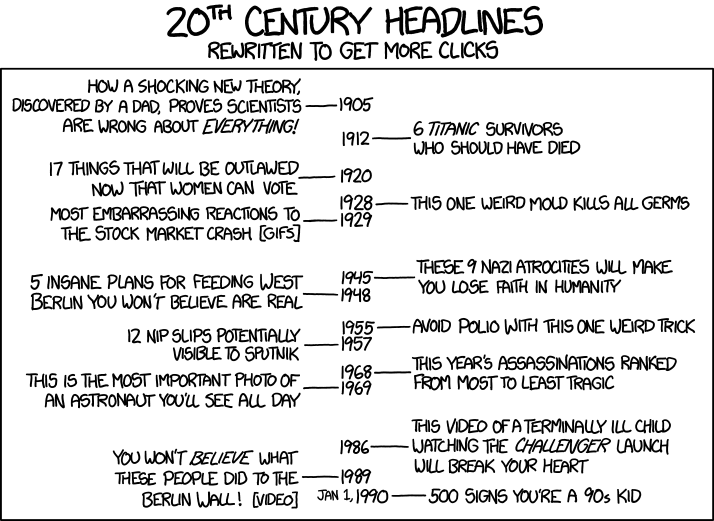

Studies have shown that human brains love lists: the five new restaurants you need to try, the top B2B podcasts, the 10 most popular BuzzFeed lists … yep, we adore lists!
Studies show it’s because we like things that are easily digestible and can be scanned for consumption; lists make us feel good. That’s why B2B brands should embrace the format that BuzzFeed made famous and leverage lists to add value to their audience.
The content you’re reading RIGHT NOW is a list. This format works. In fact, BuzzSumo found that list posts are the most popular and successful B2B content format—when BuzzSumo analyzed the most shared content published by 100 B2B marketing and technology sites over the course of a year, they found that more than 30 percent of the most shared posts were list posts. Of those, 242 began with the number five and 177 began with 10. So, yeah, people really do love a good list!
Instructional Blog Post
As you might imagine, instructional blog posts lay out the steps to achieve a desired result. B2B professionals go to Google to learn how to write a great intro, how to launch a new app, etc., so it only makes sense to give them what they want.
B2B professionals want clear direction on how to solve a specific problem. If you can create content that helps them reach a solution, it will help you get on their radar or build a stronger relationship with them.
These two posts from First Round Review are great examples of instructional blog posts:




In both cases, they’ve created how-to content that their audience (founders) will find useful. (Of course, the key is to ensure that you deliver on what you promise in the title of the post.) Some instructional blog posts have a true step-by-step format while others present the info in essay form with key takeaways throughout.
Company Update Blog Post
Did you just launch a brand-new feature?
Did you just land a new client?
Newsy tidbits like these make for great B2B content as they give you a chance to update your existing audience on the latest and greatest while showing a future audience that you’re progressing.
This blog post format is one that B2B brands typically have no problem generating. In fact, I’ve been told by far too many CMOs that they blog often, only to find out that all their blog posts are company updates.
Here’s the thing:
While company updates are great, they’re not very likely to add the same value long term as some of the other formats we’ve talked about. And unless you’ve created an innovative solution that has the potential to change an entire industry, it’s unlikely that any media or industry site will link back to your update or share it with the world.
That said, I still think there’s value in using company updates as a tool to nurture relationships and keep people engaged. So as you build your content plan, definitely include company updates—but reject the idea of ONLY using company updates.
Here’s What You Need To Do Next
Now I’m turning this over to you.
Which of these blog post ideas do you think you will be able to run with first?
Do you have the guts to take a stab at an exposé-style blog post? Or would you rather start with something safer, like an in-depth how-to post?
Either way, I’d love to hear from you. Drop a comment below!
And if you like all these ideas but don’t have the time to create, get in touch! Our team lives and breathes B2B content and we’d love to help you create content that drives results.








